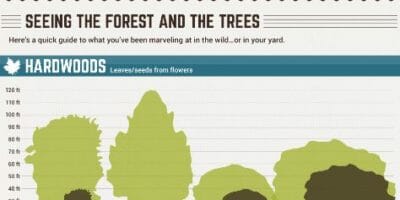Seasonal Tree Stewardship: Techniques For Effectively Managing Trees Before And After They Are Taken Down
Seasonal Tree Stewardship: Techniques For Effectively Managing Trees Before And After They Are Taken Down
Blog Article
Short Article By-
When it comes to seasonal tree care, ensuring appropriate monitoring before and after removal can significantly impact the health and appearances of your landscape. By recognizing the necessary steps involved in assessing tree health and getting ready for elimination, you can proactively secure your building. Yet what regarding the crucial methods to comply with as soon as the tree is gone? Keep tuned to discover the necessary post-removal treatment procedures that will help you grow a thriving and lasting setting for your trees.
Pre-Removal Tree Care
Before resolving the removal of a tree, it's essential to focus on pre-removal tree treatment. Beginning by assessing the tree's health and structural honesty. Look for signs of illness, parasite problems, or any kind of structural issues that might pose a safety risk during elimination. It's necessary to consult with a qualified arborist to determine the best strategy.
Pruning dead or infected branches can prevent more damage to the tree and make sure a smoother elimination process.
In addition, take into consideration the ecological effect of getting rid of the tree. Trees play an essential duty in our environment, so growing a new tree in an ideal area can assist offset any kind of loss. Make sure that you have the needed permits and consents for tree elimination, specifically if the tree is protected by local regulations.
Seasonal Maintenance Tips
Examining your tree's requirements throughout the year is imperative for its wellness and long life. To maintain your trees in leading problem, adhere to these seasonal maintenance tips.
In springtime, concentrate on trimming to get rid of dead or damaged branches and encourage brand-new growth.
Summer calls for normal watering, especially throughout dry spells, to ensure your tree remains hydrated.
As fall techniques, watch out for early signs of condition or tension, and think about applying mulch to safeguard the roots throughout winter season.
In wintertime, be cautious when removing snow from branches to prevent damage, and remain to monitor your tree's overall wellness.
Remember to adjust your care regular based upon the particular needs of your tree varieties and local climate. By staying visit the following site and positive throughout the seasons, you can aid your trees flourish and grow for several years to find.
Post-Removal Tree Care
To make sure the health of your landscape also after tree removal, appropriate post-removal treatment is crucial. After a tree is gotten rid of, it's critical to load the staying opening with topsoil and compact it to prevent settling. This will help keep the stability of the ground and avoid possible risks in the future.
Consider growing new greenery instead of the gotten rid of tree to restore the equilibrium and appearances of your landscape. On a regular basis water the area to promote the development of brand-new plants and stop soil erosion.
Evaluate arbor tree service surrounding trees for any indicators of disease or tension that might have been caused by the eliminated tree. Keep an eye out for insects that could've been brought in to the previous tree and take preventive measures to safeguard the remaining vegetation.
If essential, consult with a specialist arborist to analyze the impact of the removal on the bordering trees and establish any type of extra treatment needed. By following these post-removal care actions, you can guarantee the ongoing health and appeal of your landscape.
Final thought
In conclusion, aggressive seasonal tree care is important for keeping the health and wellness and equilibrium of your landscape. By analyzing tree wellness, pruning, and seeking advice from an arborist before elimination, you can guarantee a risk-free procedure. After removal, filling up the hole, planting brand-new plants, and routine watering will promote new growth and protect against erosion. Remember to examine surrounding trees for disease and look for additional care measures from an arborist to keep your landscape prospering.
